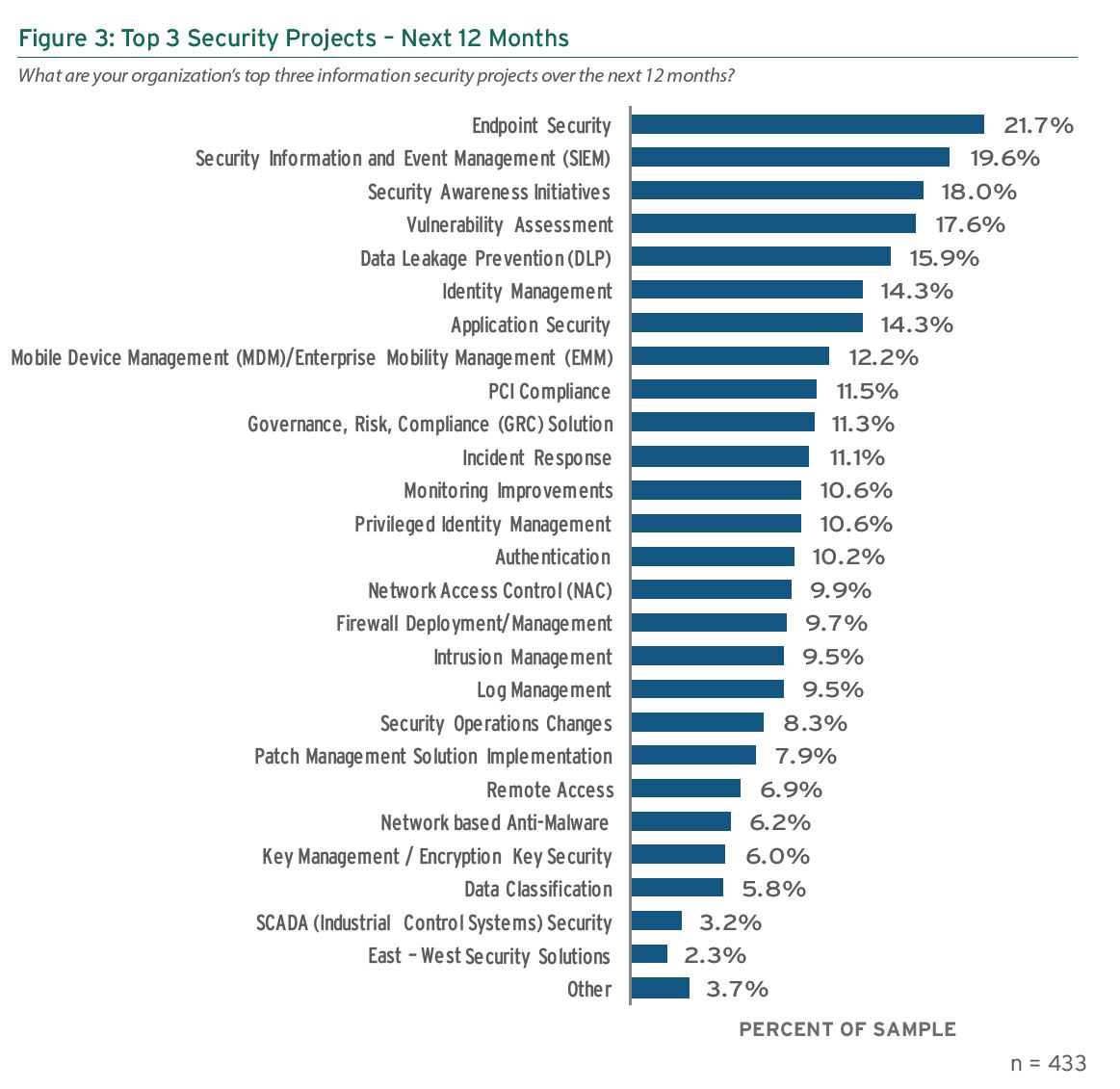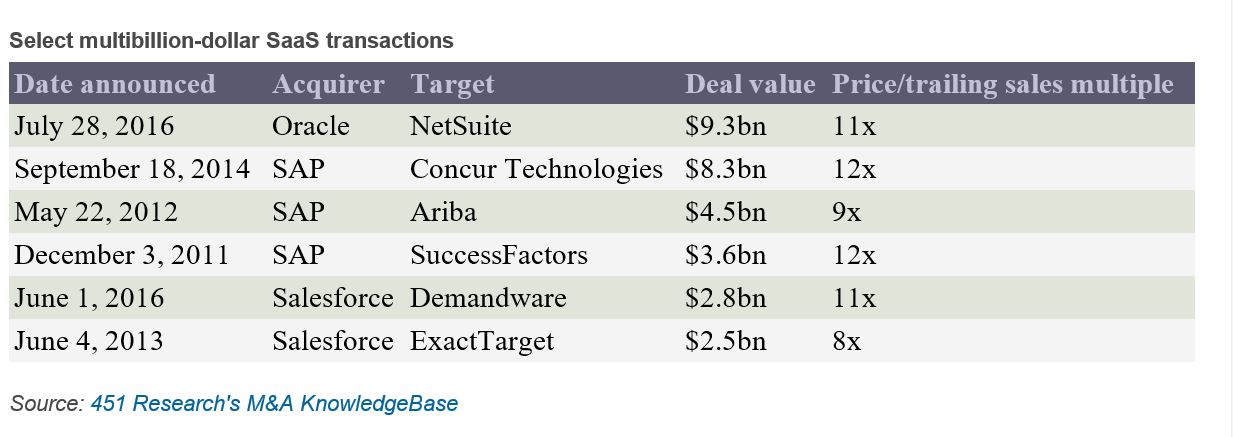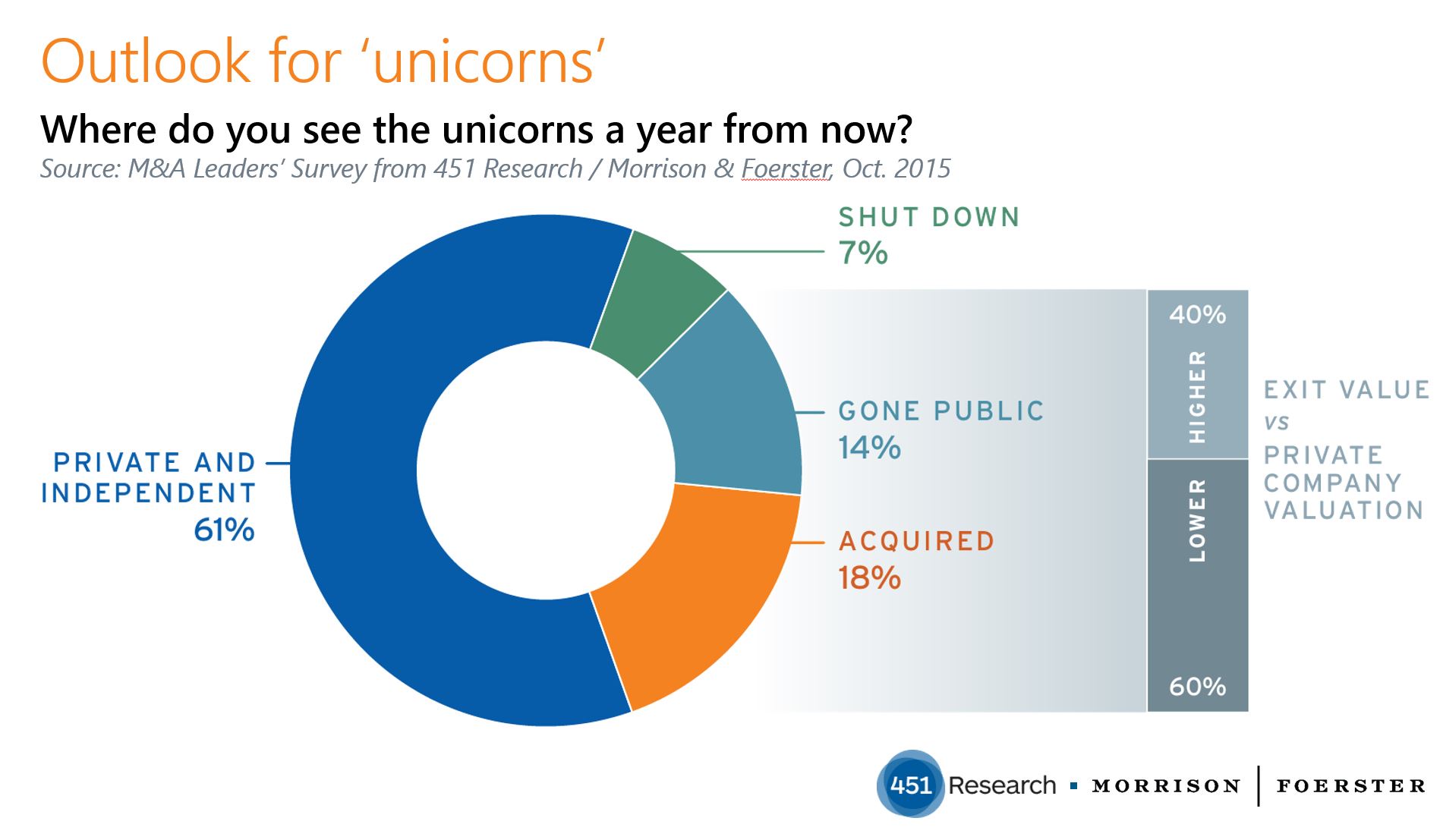Contact: Brenon Daly
When it comes to M&A, Salesforce likes to go with what it already knows. More than virtually any other tech firm, the SaaS giant tends to acquire startups that it has already invested in. Overall, according to 451 Research’s M&A KnowledgeBase, Salesforce’s venture arm has handed almost one of every five deals to the company. Just this week, it snapped up collaboration vendor Quip – the eighth startup backed by Salesforce Ventures that Salesforce has purchased.
For perspective, that’s twice as many companies as SAP Ventures (or Sapphire Ventures, as it has been known for almost two years) has backed that have gone to SAP. (We would note that the parallel between SAP/Sapphire Ventures and Salesforce Ventures doesn’t exactly hold up because the venture group formally separated from the German behemoth in January 2011.) Still, to underscore SAP/Sapphire Ventures’ nondenominational approach to investments, we would note that archrival Oracle has acquired as many SAP/Sapphire Ventures portfolio companies as the group’s former parent, SAP, according to the M&A KnowledgeBase.
Salesforce’s continued combing through its 150-company venture portfolio comes at a time of uncertainty and a bit of anxiety about the broader corporate venture industry. It isn’t so much directed at the well-established, long-term corporate investors such as Salesforce Ventures, Intel Capital, Qualcomm Ventures or Google’s investment units. Instead, it’s the arrivistes, or businesses that have hurriedly set up investment wings of their own over the past two or three years as overall VC investment surged to its highest level since 2000. (They seem to have been infected with the very common Silicon Valley malady: Fear of Missing Out.) It’s hard not to see a bit a froth in the corporate VC market when Slurpee seller 7-Eleven launches its own investment division, 7-Ventures.
For more real-time information on tech M&A, follow us on Twitter @451TechMnA.




